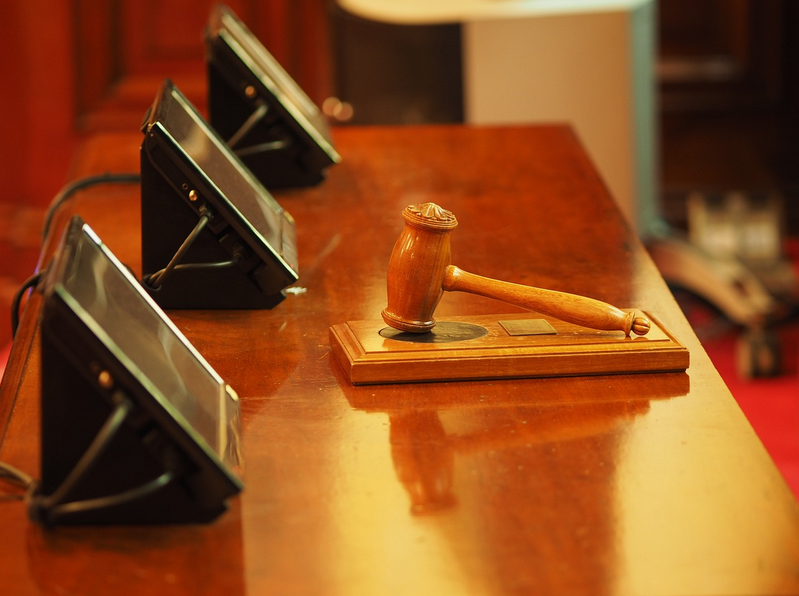Hearsay in court – it’s a term we’ve all heard before, but what does it really mean? When it comes to legal proceedings, Rule 802 states that hearsay is a concept that can significantly impact the outcome of a case. But understanding the ins and outs of hearsay can be quite complex. That’s why today, we’ll break down the three key requirements for hearsay evidence to be admissible in court.
The Statement Is Made Outside the Court
In the world of law, statements made outside of the court are generally classified as hearsay. Hearsay refers to an out-of-court statement offered for the truth of its contents. But why is hearsay treated with caution in legal proceedings? One reason is that statements made outside the court lack certain safeguards that exist within a courtroom setting.
In courtrooms, witnesses testify under oath and can be cross-examined by opposing counsel to test their credibility and reliability. However, when someone shares a statement made by another person outside of court, there’s no opportunity for cross-examination or verification. The rationale behind excluding hearsay evidence is rooted in ensuring fairness and accuracy in legal proceedings.

The Statement Is Provided for the Relevant Truth
The purpose behind making the statement should be to establish or prove a fact that is important and directly related to the case at hand. This requirement helps ensure that only reliable and trustworthy statements are allowed as evidence. If a statement is made with an ulterior motive or for some unrelated reason, …

